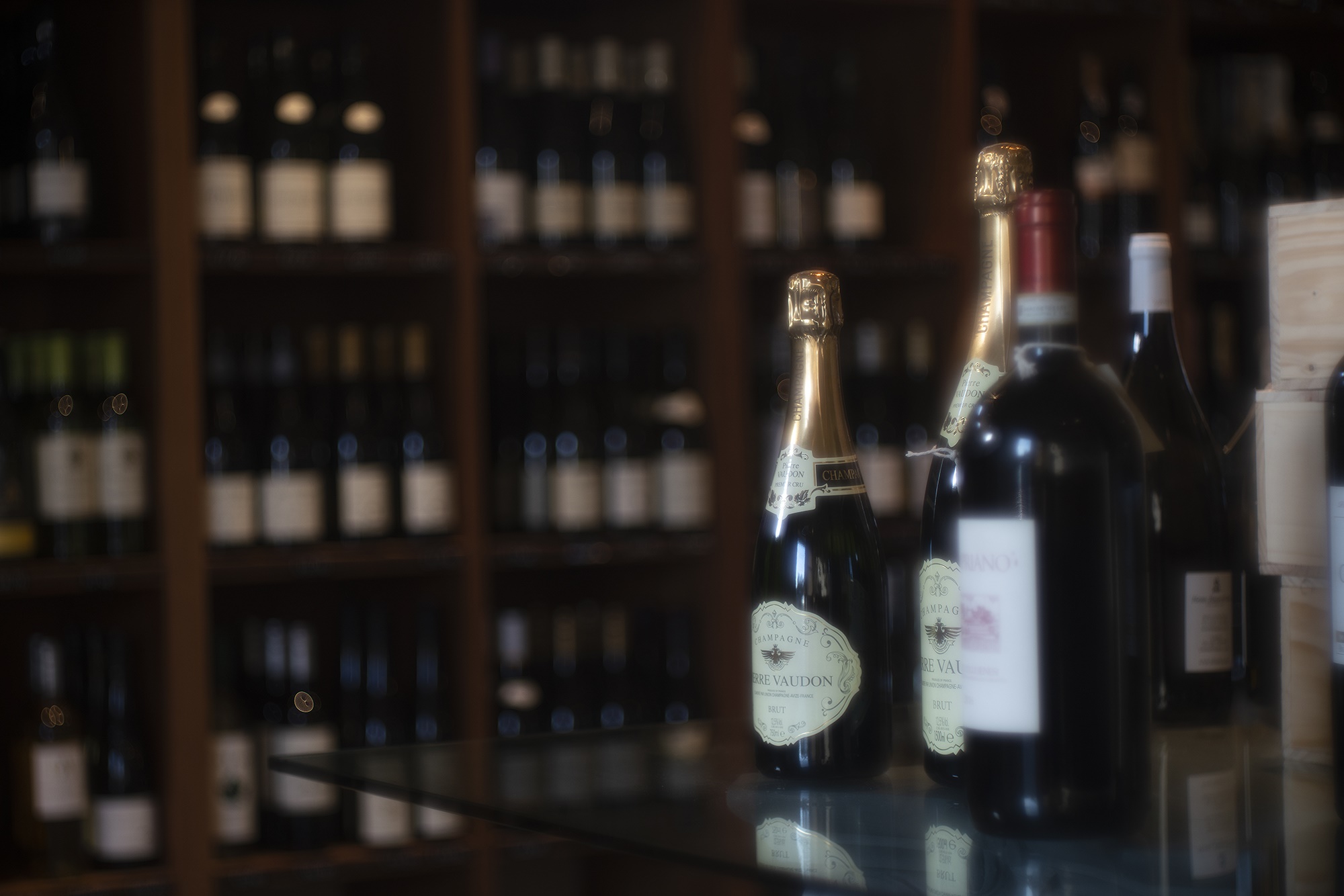
The focusing ring of the lens rotates more than 300 degrees (I guess 320-330 degrees). Near perfect circle is formed in the center of the iris which has 16 blades (Pentacons are only 6-bladed, I wrote above about the worsening of the design of the lens). The aperture ring has no detents in it so it is stepless and there are an infinite number of aperture positions possible. The lens has 2,5 meter as the first mark but it does not mean that you cannot focus closer! The rest of the data seem to be correct). (please mind that both sites are wrong concerning the minimal focusing distance. The detailed technical data of the lens can be obtained here:

#Hugo meyer fake lenses manual#
I know that I compare apple and oranges but it is far easier to handle it than my Zuiko 40-150 at tele position and with manual focusing. No plastic and rubber parts, so it feels like it can survive even a natural disaster. The lens weights 600 grams (Carl Zeiss Sonnar, by comparison, weights twice more) and made of glass and metal. I decided to test this particular lens because I need a tele with which I can take pictures handheld. There are four version of the lens (including the Pentacons) and my version is the earliest. The lens: Meyer-Optik Orestegor 200/4 from 1963, so called zebra design (due to black and silver rings). the diaphragm of the new design is only 6 blades) The name disappeared, the design was continued but after a short time it went worse (e.g. The seventies were a disaster – the communist party (remember, central planned economy!) decided to merge several brands and companies and form a large production group named Pentacon. Against the odds, the fifties and the sixties were a success for the company. The rest of machinery and some engineers, as a form of reparations were moved to the USSR. Moreover, in 1945 the city of Görlitz was first occupied and next partitioned, a part of the city with the machinery became Polish city Zgorzelec (in 1948), the rest was a part of East Germany. binoculars, optical tank and airplane equipment).

In the forties Carl Zeiss received lucrative contracts from the Nazi army (e.g. Unfortunately the company in itself had bad luck. The company: Meyer-Optik Görlitz (or Hugo-Meyer Görlitz) was a respected company, comparable with Carl Zeiss, Voigtländer, Schneider (I mean ye ole times…), etc. I simply wanted to make a test if one can use an Oly 4/3 camera and the lens (with an M42 adapter). Every picture would be absolutely stunning and you would be green with envy (every camera loves her). If I wanted to impress you I would take some pictures of my friend Holly from Houston, TX. The photographed objects were not important. Please mind that the purpose was not to show of with my skills. The main goal of this test was to see how the lens works with Oly DSLRs.


 0 kommentar(er)
0 kommentar(er)
